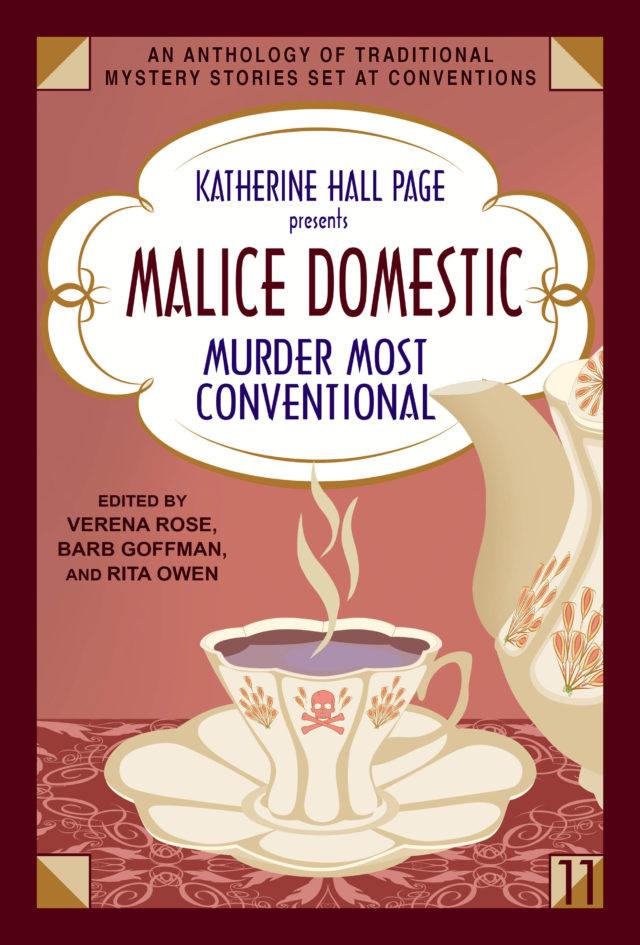Barb Goffman
Long before I started writing crime fiction, I wrote about real crimes–and county council meetings and interesting school events and more. I was a newspaper reporter. One of the most important things I learned in journalism school was to sweat the lede. (Yes, lede–not lead. Correct spelling was another thing they hammered home in grad school, and lede means the opening sentence or paragraph of a news article.)

Thanks for contributing this post, Barb! I enjoyed learning about how you used principles you learned in journalism school, as well as insights you’ve gained from your experience as a writer, to make your opening scene enticing.
And thanks for hosting me, Bonnie. It was an interesting intellectual exercise to explain all of this. So much of my writing is intuitive, I don’t often realize what I’m doing, or why, while I’m doing it. I hope my approach can helpful to others, too.
Sounds familiar, Barb. OU Journalism Professor Dr. David Bergin was a bear about the first three words of a news story. His sermonizing haunted me through years on newspapers. A jaded newshound once said I had a reputation for writing the best leads in the business. I credited Bergin who edited opening sentences harshly, but he was particularly tough about those first three words. Like you, I do the same with opening lines of my novels. The practice has paid off.
The first three words? Wow. I never had my first three words scrutinized in that way. That’s interesting. Now I want to find my old clips and look at their first three words. I went to Medill, and I recall one professor emphasizing that between the headline, photo, cutline, and intro paragraph, you have thirty seconds to lure in most readers. If they’re not reeled in by then, they won’t read the full article. I wonder if that thirty-second rule could apply to fiction readers who are browsing in bookstores–consider the title, cover, author name, and very start of the book. Hmmm. Anyway, thanks for commenting, Sharon. Food for thought.
Very interesting, Barb. Your novels are obviously well-crafted.
Thanks, Jacqueline. I actually focus on short stories. But I’m sure this approach would work for novels too.
Having read “The Best-Laid Plans,” it was fun–and instructive to read about how you shaped the story. I was definitely drawn into it and found it thoroughly satisfying as well as enjoyable to read. How about giving a class on “Writing Revenge Stories” sometime? You do it so well!
Thank you, Anne! I have taught about writing short stories a few times, usually with Donna Andrews. We might do it again soon. I will have to think about how to incorporate revenge into our syllabus–maybe it could be part of a section on writing about subjects that resonate with people.